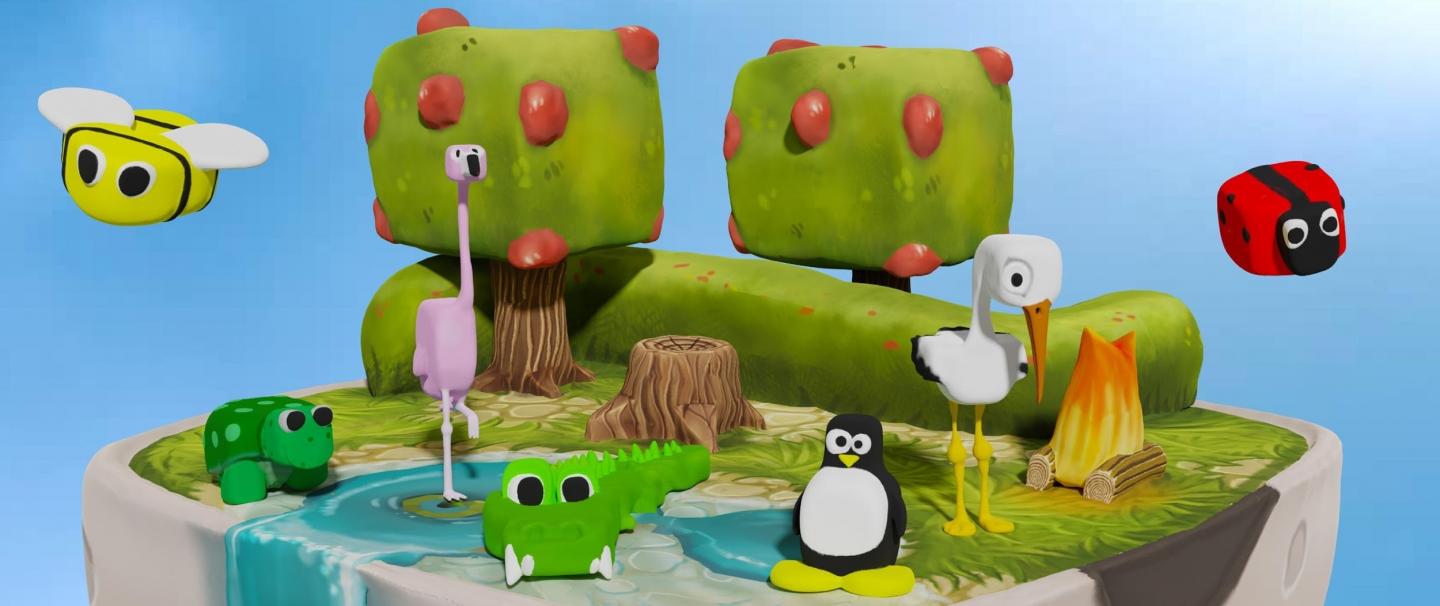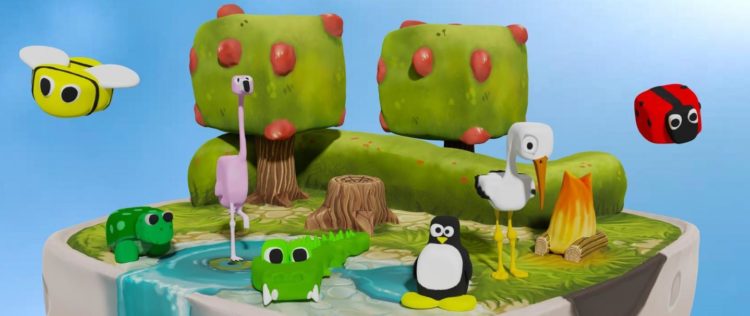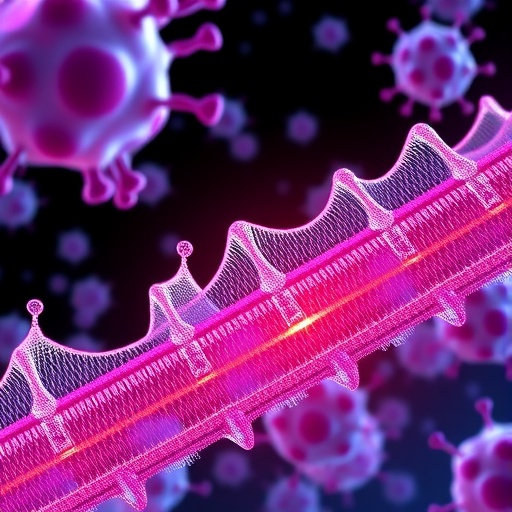3D stylization algorithm to be presented at SIGGRAPH Asia

Credit: SIGGRAPH Asia 2019
One of the fast-growing areas in virtual reality/augmented reality is 3D shape stylization, giving users the ability to automatically replicate detailed 3D shapes in the digital world. Replicating cube-style shapes, for one, is a challenge due to its abstract properties, but developing such a framework that captures realistic cubic style of objects would contribute vastly to the growing field of 3D shape stylization, making it easier and faster to reproduce this specific shape and artistic style in the virtual world.
Computer scientists from the University of Toronto have developed a computational method to quantify an abstract cubic style. Additionally, their method also enables users to create new shapes that resemble the input shape and exhibit the cubic style. The researchers, Hsueh-Ti Derek Liu and Alec Jacobson of University of Toronto, are set to present their work at ACM SIGGRAPH Asia, held Nov. 17 to 20 in Brisbane, Australia. SIGGRAPH Asia, now in its 12th year, attracts the most respected technical and creative people from around the world in computer graphics, animation, interactivity, gaming, and emerging
technologies.
“Cubic stylization teaches a computer ‘how cubic a 3D shape is’, and with this knowledge in hand, the computer is able to manipulate the appearance of a 3D object to increase the ‘cubeness’ of the shape,” explains Liu, senior coauthor of the work and PhD student in the Dynamic Graphics Project lab at University of Toronto. “Our tool would make it easier for modelers to accurately recreate any input shape into a cubic style.”
In fields such as visual effects and gaming, trained modelers are still required to meticulously create non-realistic geometric assets, a time consuming and inefficient process, and the scarcity of tools to alleviate this challenge persists to date.
In this work, Liu and Jacobson demonstrate a 3D stylization algorithm that overcomes this key challenge: turning an input shape into the style of a cube while maintaining the content–textures and complex geometric features–of that original shape. Their computational method formulates this task as an energy optimization that naturally preserves geometric details while ‘cubifying’ a shape. The method also enables users to control the amount of ‘cube-ness’ they want to apply to the original input shape. The researchers show various examples of their method to replicate shapes of different animals, trees, and statues, with high accuracy, showcasing how their method can turn a non-cubic shape or object, such as a cow for example, into the same cow in appearance but in a cube-like shape.
3D shape stylization overall is indeed an emerging field, and cubic stylization is one of the early works in this area of computer graphics and interactive design. In future work, the researchers plan to expand their method into capturing different 3D styles, such as the Abstract Expressionism and the Cubist sculpting styles. They envision their method could be expanded to creating animation movies, enabling artists to pick and choose a specific 3D stylization tool to produce their desired scenes. The method could also be applied down the road to architecture or furniture design.
###
For the paper, “Cubic Stylization”, visit the team’s project page.
https:/
Media Contact
Illka Gobius
[email protected]
65-976-98370
Original Source
https:/





